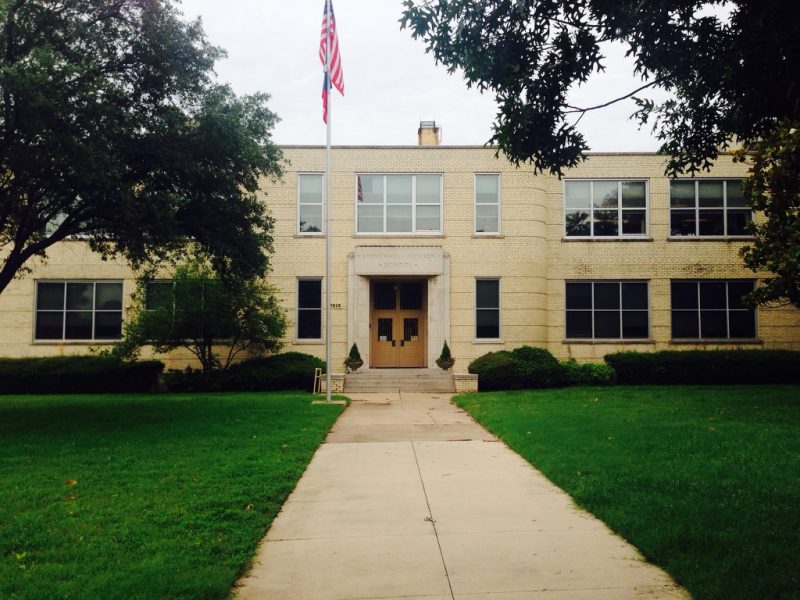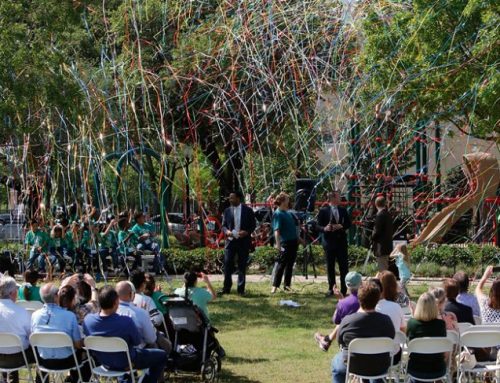
Stonewall Jackson Elementary is one of the many schools in Dallas named for Confederate figures.
The South has long battled with what they should do with their Confederate history. Over the past few years, there has been a slow turn away from Confederate flags, statues, and monuments, but not without protest.
Here in Dallas, there are several parks, monuments and schools that bear the names of Confederate soldiers and politicians, and there have been several recent editorials calling for these names to be changed. In one, Michael Phillips and Edward Sebesta write, “Confederate monuments, if left to stand, will proclaim a sad truth about Dallas to the world, that these accurately reflect the values of modern Dallas, despite any denials that this is so.”
Meanwhile, Jim Schutze at the Dallas Observer has weighed in, desiring the statues to remain. He writes, “The Lee statue can’t bring back slavery. It doesn’t diminish black people. It lacks that power.” He suggests that there is much to learn about our history from keeping them up, but suggests moving them to their own location to preserve history rather than honor the figures.
Despite what was reported in several Dallas Morning News stories, no proposal has yet been made to change the name of Robert E. Lee Elementary in East Dallas, but there has been a petition put forth by parents to get it changed. Austin ISD has renamed its Robert E. Lee Elementary, but made the wise financial decision to keep the Lee part to be named for Russell Lee, a UT professor. The students at John B. Hood Middle School in Pleasant Grove have already voted to remove the confederate general’s name from their school, which is now named Piedmont G.L.O.B.A.L Academy.
If society decides to rename and remove celebrations of the Confederacy, it begs the question of which other monuments or schools are named for historical figures whose views can no longer be tolerated today. Slave Owners? There goes Jefferson High School. Segregationists? See you later Woodrow Wilson High School.
Texas Monthly wrote about a right-wing group in Houston that made up an anti-fascist organization that fake-planned an attempt to take down the large Sam Houston statue in a park in central Houston. The original threat to the statue was fabricated by the right-wing group, but several hundred people showed up to protect the statue, though there was no one to fight.
South Carolina stopped flying the Confederate flag following the Charleston shooting, and New Orleans took down several confederate statues under the cover of night, with workers wearing what appeared to be tactical vests and masks to protect their identity.
Before Texas was a country, Mexico allowed settlers to bring their slaves from the Deep South even though slavery was illegal in Mexico. When Mexico tried to put an end to slavery in Texas, early Texans fought against it, and slavery was one of the causes of Texas’ revolution. So do we rename William B. Travis, Lamar Street and other places named for Texas revolutionaries? Stephen F. Austin was Texas’ largest slave holder and once declared, “Texas must be a slave country.”
The space between remembering history and honoring it asks a question that Dallas will soon have to answer.







Leave A Comment